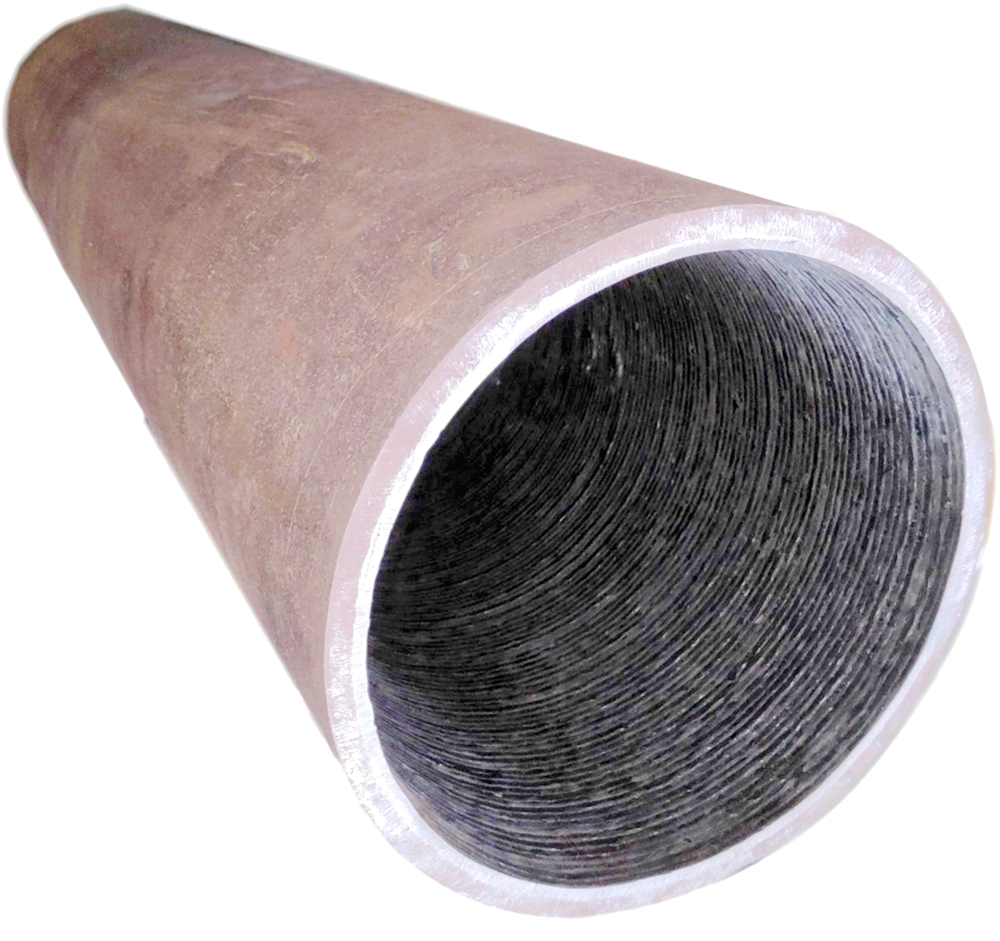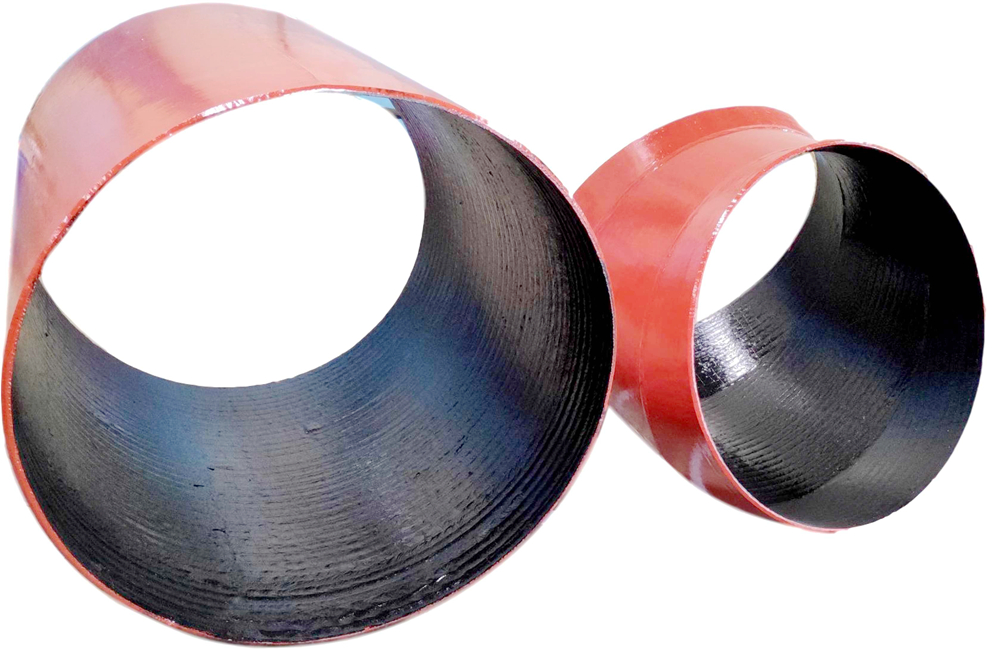As the amount of remaining air increases, the sublimation rate of arsenic decreases, and the desulfurization effect is also improved. When the air consumption is 0.75 lower than the theoretical requirement , the arsenic content in the slag is high.
When the baking temperature is 550~

The increase in arsenic content in the slag (see Figure 4 ) demonstrates that arsenic is not sublimed in the second stage of calcination, and the arsenic concentration in the slag is increased.
The relationship between the quality of the slag and the rate of loading the concentrate into the roaster is shown in Figure 5 . It is seen in Figure 5, the first unit processing ability of a roasting furnace of 7.0 to 9. 5 tons / square meter · day and night, the second roaster is 3.5 ~ 4.7 tons / square meter . The results obtained during the day and night are better.

The following process regimes were identified during the semi-industrial test:
                                                                                       Paragraph I               Paragraph II
Boiling layer temperature °C                                                550~600              650~675
Excess coefficient of air, a                                        0.75~1.0              1.5~2.0
Gas flow rate in the boiling layer, cm / sec                       0.1~0012             0.10
Day and night processing capacity, tons / square meter, Â Â Â Â Â Â Â Â Â Â Â Â Â Â Â Â Â Â Â Â Â Â Â 7.0~9.5 Â Â Â Â Â Â Â Â Â Â Â Â Â 3.5~4.75
Under this process condition, the As is obtained. Â Â 0.19~0.6% and S 0.9~l.3% of slag.
According to the above process conditions, eight day and night balance tests were carried out on the continuous operation of the roasting apparatus (see table).
Metal balance calculation results show that the error is balanced in the metal are within an error range of the chemical analysis permitted. A large amount of gold ( 79.8% ) is enriched in the calcine, while the remaining gold remains in the soot of the dust collection equipment. Gold is not lost with gas.
Hardfacing Pipe is produced through an oscillating table with a welding head to arc weld the chromium carbide into the inside of the pipe. We can handle diameters from 6" to 24" and then we manufacture pipes from our chrome-plated sheets. The cover layer is deposited perpendicular to the material flow through the pipe, resulting in a longer wear life
Typical materials for cladding in common use at HP Welding include HP700, HP700S, HP750X, HP750P and stainless steels, as well as many less common alloys.
With over 30 years of experience on the production of hardfacing products, and the technical expertise to back them up, HP Welding can meet any base material and cladding combination.
The advantages of HP Hardfacing Pipe
1. Flat surface and nice appearance
2. Good weldability to others working pieces
3. Excellent wear resistance
HP Hardfacing Pipe can be widely applied to mining site, cement plant, metallurgical equipment, dredging and power generation and any other fields where need to combat with abrasion.


Alloy Steel Pipe, Hardfacing Iron Pipe, Chrome Alloy Hardfacing Super Wear Resistance Pipe
HuiFeng Wear Resistant Group , https://www.hpwearsolution.com